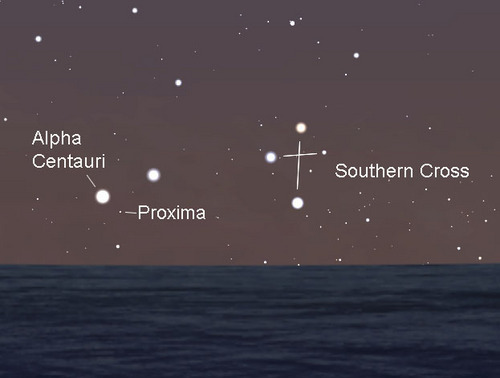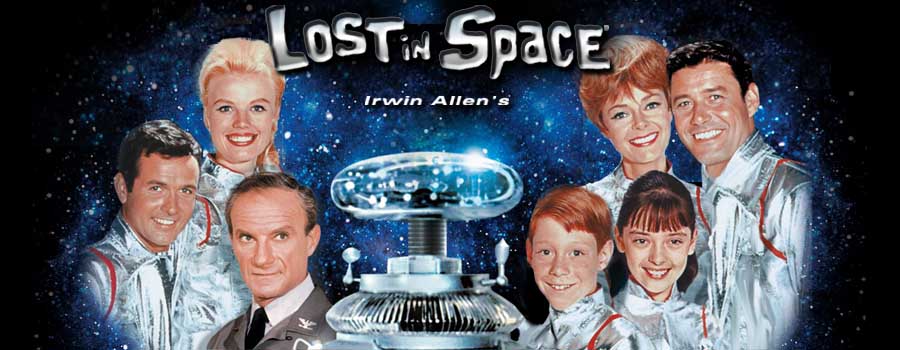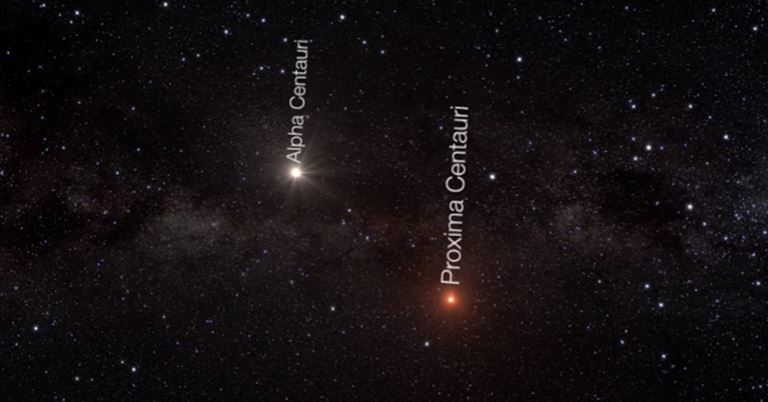

>> red dwarf Proxima Centauri was caught belching out a colossal flare 10 times more powerful than the largest eruptions<<
Rosarita Refries and beer makes one inhospitable to life.
Wow, the Democrat Party Cabal (including "Science!") continues becoming progressively more Gloom-and-Doom as this 2020 Presidential (Democrat-perpetrated) election-fraud year drags on ...
/s
I had such high hopes. I hate it when they get dashed against the rocks like that. What a miserable Christmas this is going to be with my dampened hopes.


Habitable for us, maybe. Who’s to say other species need oxygen and water?
There is no life out there.
When I played with the numbers years past I got 0.000000000000852687% chance that life is at any given star (based on the Drake equation).
Not considering the ability to travel or communicate over such distances (makes it all sort of a moot point), just based on the probability of life, when you look at a spec in the sky at night and wonder, accept that there is only a 0.000000000000852687% chance that life is there.
Even if we offset that with the vast size of our galaxy (assume 200,000,000,000 stars), we are still just at a .l7% probability for the entire Milky Way. That’s .17%, as in 99.83% chance the answer is no.
Most of space is cold, a void, dark, and if you are near a star, or on a rock near it, it’s likely a very inhospitable place.

"On October 16, 1997, the United States is gearing up to colonize space. The Jupiter 2, a futuristic saucer-shaped spacecraft, stands on its launch pad undergoing final preparations.
Its mission is to take a single family on a five-and-a-half-year journey to an Earthlike planet orbiting the star Alpha Centauri".
https://en.wikipedia.org/wiki/Lost_in_Space#Overview

_________________________________________________

Hope the little green men there read this and hop in their saucers to move to another solar system.
Dwarf stars have a reputation for way more intense flare activity—not new.

"We need to talk about your flare."